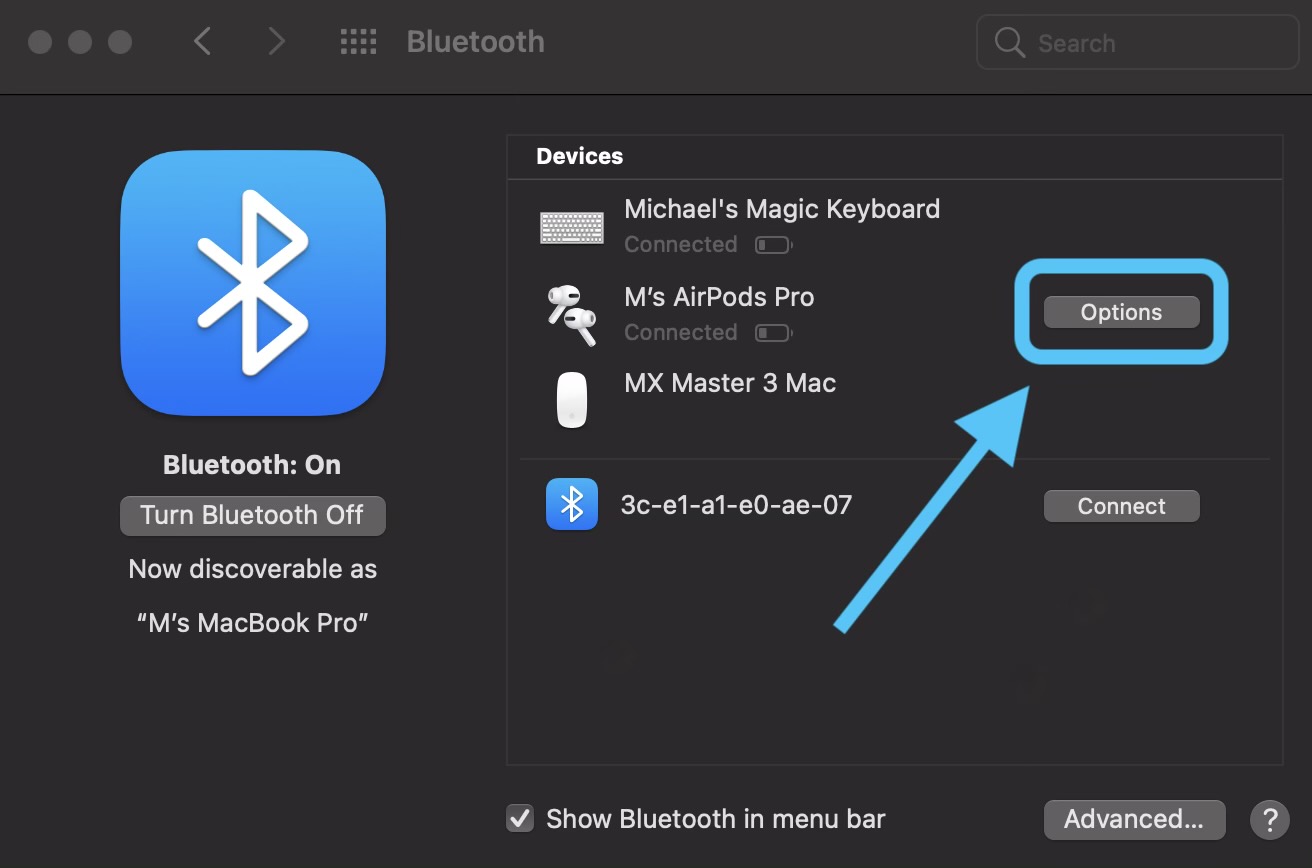



You can identify such programs with the help of Activity Monitor. Most likely there are some programs that are consuming a large portion of processor load.
#Force quit control mac mac#
If your Mac starts working too slowly, it overheats, the fans work continuously and make noise, and programs may freeze. With help from Activity Monitor, we will identify the programs and processes that are consuming too much of your system’s resources. Now let’s take a closer look at each parameter of open programs on a Mac. *For more tips like this, see our previous article Top 8 most useful Terminal Commands. If you need to view a list of the most voracious applications that consume the most bytes, sort them by CPU: Just open the Terminal and type only one word: Use Terminal* to view a list of running processes.įor those who prefer working with Terminal, there are simple commands to view the list of running programs. With Activity Monitor, you can monitor many parameters of the system, such as:Ģ. The app lets you easily view active processes that are running on your Mac, manage them, and even quit tasks or applications. Activity Monitor helps to identify such programs among a dozen apps running in the background.
#Force quit control mac how to#
How to see which programs are running on your MacĮven just one application or open process can significantly degrade your Mac’s performance.
#Force quit control mac windows#
In this blog post, we will explain the Mac equivalent of the Windows Task Manager and how to view running processes in macOS.ġ. The most frequently asked questions from new Mac users include: What is Control Alt Delete on a Mac, How to get Task Manager on a Mac, How to force quit on a Mac, and so on. While navigating the Mac operating system does have its own method, most users find it intuitive and quick to learn. If you have recently switched from Windows to Mac, you may find that most Windows keyboard shortcuts don’t work on a Mac.


 0 kommentar(er)
0 kommentar(er)
